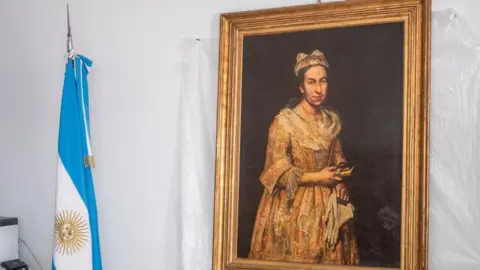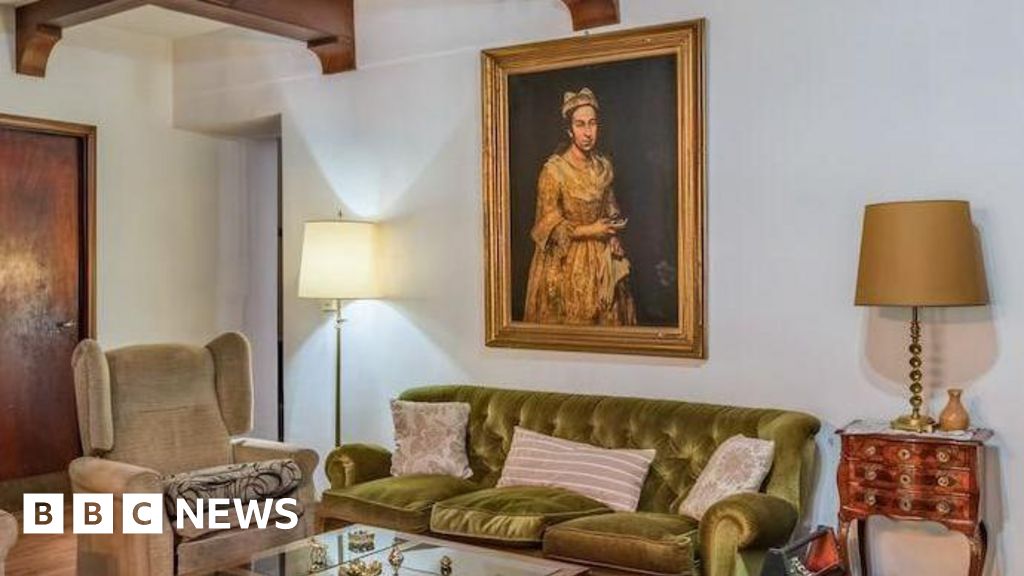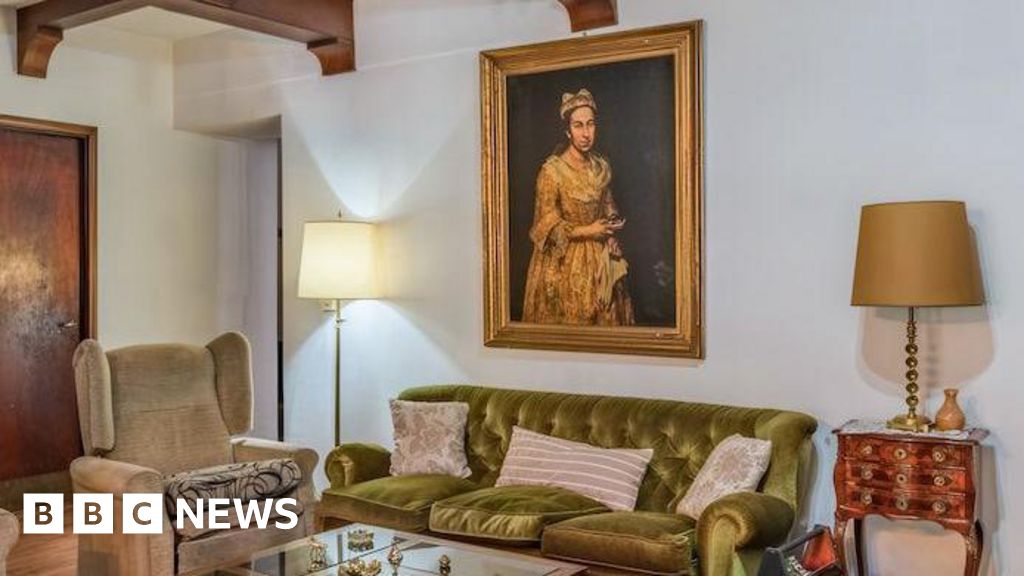In a surprising turn of events, a child has reportedly damaged the well-known painting "Grey, Orange on Maroon, No. 8" by American abstract artist Mark Rothko, valued at an estimated €50 million (£42.5 million). This incident took place at the Museum Boijmans Van Beuningen in Rotterdam, where a museum spokesperson indicated that the damage occurred during an "unguarded moment," bringing into question the security and accessibility of valuable artworks.
The damage has been described as "superficial," with the museum noting that "small scratches" are evident on the unvarnished paint layer at the lower section of the painting. Despite the incident, the spokesperson expressed optimism about the artwork's future, stating that conservation experts are being consulted both domestically and internationally to determine the best course of action.
Sophie McAloone, a conservation manager at the Fine Art Restoration Company, explained that modern unvarnished paintings like Rothko’s are particularly vulnerable due to their unique material composition and the intensity of the color fields. She elaborated that even minor scratches can significantly impact the overall viewing experience, making restoration a challenging endeavor.
Industry experts are also voicing concerns regarding how this incident might shape policies at other art institutions, especially in the UK where museums like V&A East and the British Museum are considering more open access for their displays. Marketing manager Jonny Helm mentioned that the factors surrounding the Rothko painting's damage could influence approaches to exhibitions that expose artworks traditionally kept under wraps.
As efforts begin to properly document the extent of the Rothko painting's damage, past incidents of vandalism come to mind, including a 2012 case where another Rothko piece was deliberately vandalized inside London’s Tate Modern. Restoration for that piece was costly and extensive, highlighting the intricacies involved in repairing artworks by Rothko.
Insurance perspectives also shed light on the handling of such incidents, with Rachel Myrtle of Aon stating that fine art insurance typically encompasses all forms of physical damage, which may include accidental incidents by visitors. However, accountability for the recent damage remains uncertain, as the museum has refrained from commenting on who may be held liable.
In historical context, this isn’t the first time modern art has faced mishaps in the Netherlands; multiple artworks have been damaged in various incidents over the years, reflecting the risks involved with publicly displaying such valuable pieces. Museums worldwide maintain diverse policies on addressing damage caused, especially by children. Enhancing safety protocols while ensuring public access to art remains a balancing act that many institutions strive to achieve.
The damage has been described as "superficial," with the museum noting that "small scratches" are evident on the unvarnished paint layer at the lower section of the painting. Despite the incident, the spokesperson expressed optimism about the artwork's future, stating that conservation experts are being consulted both domestically and internationally to determine the best course of action.
Sophie McAloone, a conservation manager at the Fine Art Restoration Company, explained that modern unvarnished paintings like Rothko’s are particularly vulnerable due to their unique material composition and the intensity of the color fields. She elaborated that even minor scratches can significantly impact the overall viewing experience, making restoration a challenging endeavor.
Industry experts are also voicing concerns regarding how this incident might shape policies at other art institutions, especially in the UK where museums like V&A East and the British Museum are considering more open access for their displays. Marketing manager Jonny Helm mentioned that the factors surrounding the Rothko painting's damage could influence approaches to exhibitions that expose artworks traditionally kept under wraps.
As efforts begin to properly document the extent of the Rothko painting's damage, past incidents of vandalism come to mind, including a 2012 case where another Rothko piece was deliberately vandalized inside London’s Tate Modern. Restoration for that piece was costly and extensive, highlighting the intricacies involved in repairing artworks by Rothko.
Insurance perspectives also shed light on the handling of such incidents, with Rachel Myrtle of Aon stating that fine art insurance typically encompasses all forms of physical damage, which may include accidental incidents by visitors. However, accountability for the recent damage remains uncertain, as the museum has refrained from commenting on who may be held liable.
In historical context, this isn’t the first time modern art has faced mishaps in the Netherlands; multiple artworks have been damaged in various incidents over the years, reflecting the risks involved with publicly displaying such valuable pieces. Museums worldwide maintain diverse policies on addressing damage caused, especially by children. Enhancing safety protocols while ensuring public access to art remains a balancing act that many institutions strive to achieve.



















